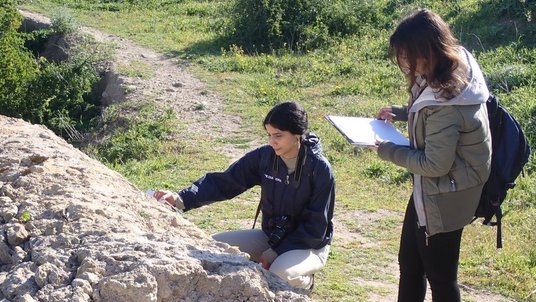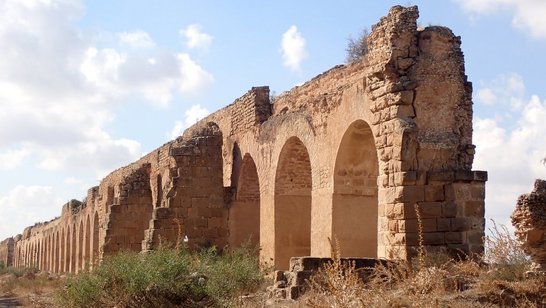
Investigating the Roman hydraulic complex between Zaghouan and Carthage

Cooperating countries: Tunisia and Austria
Coordinating institution: Austrian Academy of Sciences, Austrian Archaeological Institute (OeAW‐OeAI)
Partner institution: Institut National du Patrimoine / National Heritage Institute (INP)
Project duration: 01.09.2021-31.08.2023
Budget: € 20.000,00
Project summary
The ancient hydraulic complex of Zaghouan in present‐day Tunisia was built from the 2nd century to the beginning of the 3rd century and is one of the most impressive testimonies to Roman hydraulic engineering. From several springs on Mount Zaghouan (Djebel Zaghouan) the water was fed into the pipeline and transported to Carthage within a pipeline system over a length of about 132 km. In 2012, the entire Zaghouan – Carthage hydraulic complex, which significantly shapes the archaeological landscape in the rural area between Tunis and the source areas, was included in the Tentative List of UNESCO World Heritage Sites. Since then, efforts have been underway to create the conditions for inscribing this important ancient building and infrastructure ensemble on the UNESCO World Heritage List. This is the point at which the project started by expanding research on selected elements of the Zaghouan – Carthage hydraulic complex with targeted scientific studies, thus providing new bases for the historical classification as well as the preservation of the ancient structures.
The Zaghouan – Carthage hydraulic complex has not yet been fully explored scientifically. Although explorers have described and documented parts of the hydraulic complex since the 19th century, important sections of the water pipeline have still not been documented and scientifically analyzed by building research. Questions about the precise chronological classification of individual buildings and sections of the pipeline are also still open. The same applies to the cistern installations. In order to provide further bases for the overall understanding of the hydraulic complex, the conducted research focused on a part of the spring sanctuary in Zaghouan and two sections of the aqueduct, one at Oued Miliane and one beside the large Malga cistern plus a general examination of the Malga cistern structure itself. Within this frame, three important construction and utilization phases of the hydraulic complex were mainly addressed: Antiquity and Late Antiquity (2nd‐7th century), Middle Ages (12th century) and Modern Times (with emphasis on the 19th century).
The project aimed to develop important scientific basics for the exploration and preservation of the ensemble within the framework of a research cooperation between the Austrian Archaeological Institute at the Austrian Academy of Sciences (OeAW‐OeAI) and the Tunisian National Heritage Institute (INP). With targeted scientific investigations, the existing research on selected elements of the entire complex was continued and an expanded knowledge base for the historical classification of the ancient structures has been created. The results will significantly support the process of inscribing the Roman Hydraulic Complex Zaghouan – Carthage in the UNESCO World Heritage List by providing sound scientific and conservation documentation and analyses based on current methods. The results also serve to develop strategies for the preservation and future presentation of this extraordinary historical building ensemble.
With its focus, the project contributed to several sustainable development goals of the United Nations. Goal 11.4 "Strengthen efforts to protect and safeguard the world's cultural and natural heritage" was addressed centrally.
The project involved young female scientists in particular, whose cooperation and scientific exchange further expanded the existing partnership and international cooperation between the Austrian Archaeological Institute (OeAW‐OeAI) and the Tunisian National Heritage Institute (INP).
